Home>Garden Essentials>How To Grow Poppy Flowers From Seed
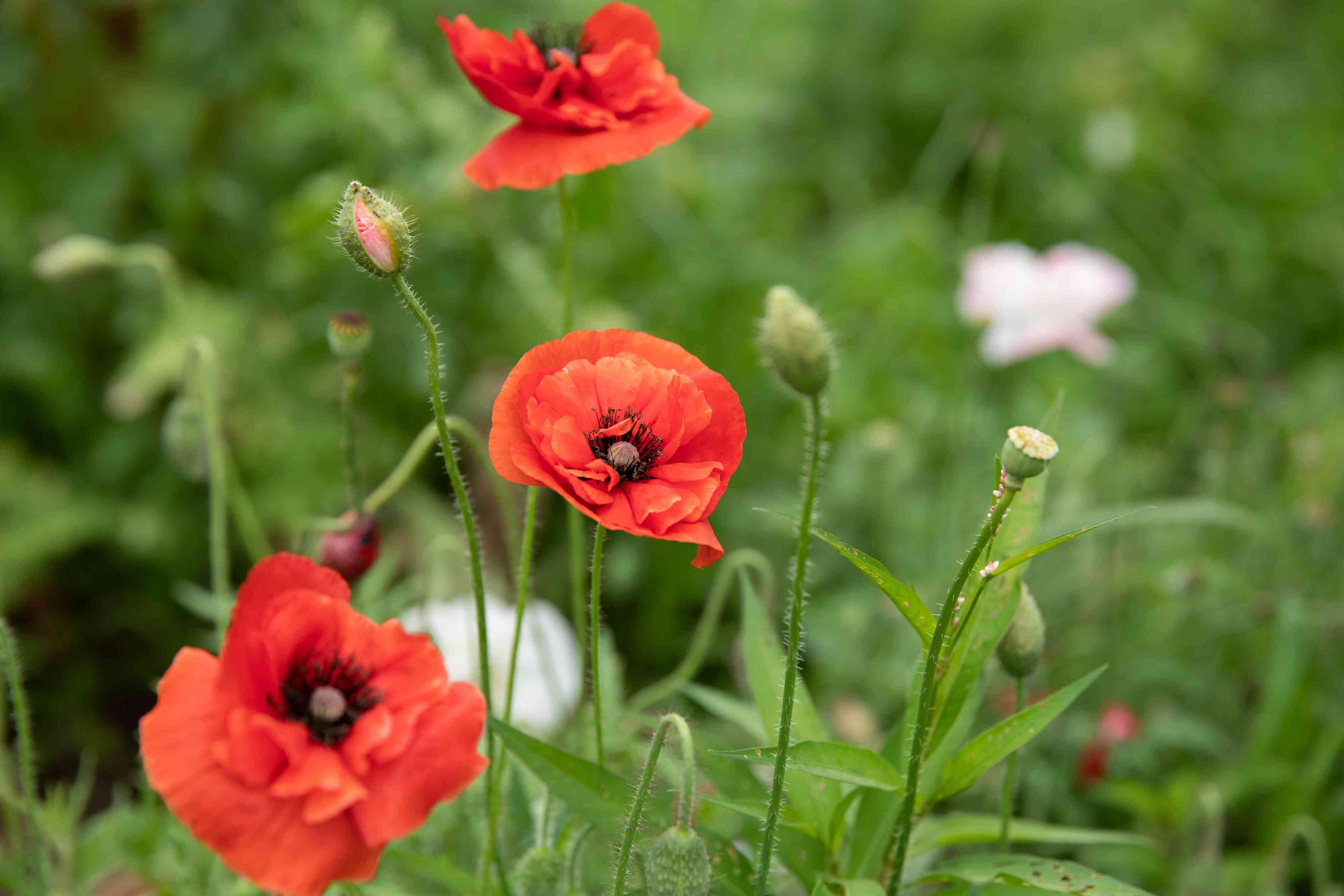

Garden Essentials
How To Grow Poppy Flowers From Seed
Modified: March 15, 2024
Learn how to grow poppy flowers from seed in your garden. Follow these simple steps to create a beautiful and colorful poppy garden in your backyard.
(Many of the links in this article redirect to a specific reviewed product. Your purchase of these products through affiliate links helps to generate commission for Storables.com, at no extra cost. Learn more)
Introduction
Poppy flowers are known for their vibrant colors and delicate blooms, making them a popular choice for gardens. Growing poppy flowers from seed allows you to enjoy their beauty and add a touch of elegance to your outdoor space. Whether you are a seasoned gardener or a beginner, this comprehensive guide will walk you through the steps to successfully grow poppy flowers from seed.
Before we dive into the details, let’s take a moment to appreciate the unique qualities of poppy flowers. With their papery petals and striking hues of red, orange, pink, and white, poppies are a visual delight in any garden. They come in various species, including the Oriental poppy, California poppy, and Icelandic poppy, each with its own distinct charm.
Not only are poppy flowers aesthetically pleasing, but they also offer ecological benefits. They attract pollinators such as bees and butterflies, contributing to the overall health of your garden ecosystem. Additionally, poppies can be used in flower arrangements or dried for crafts and decorations.
Now, let’s get started on our journey to grow poppy flowers from seed. As with any gardening endeavor, it requires careful planning, preparation, and patience. Follow our step-by-step guide, and soon you’ll be rewarded with a stunning display of poppy blooms in your garden.
Key Takeaways:
- Choose the right poppy seeds for your climate and garden space to ensure successful growth and vibrant blooms. Consider factors like species, seed quality, and quantity for a beautiful and thriving poppy garden.
- Provide proper care, including watering, sunlight, and pest management, to nurture your poppy flowers. Harvest and save seeds for future plantings, and share the beauty of poppy flowers with fellow gardeners.
Read more: How To Grow Poppies From Seed
Step 1: Choosing the Right Seeds
The first step to successfully growing poppy flowers from seed is selecting the right seeds for your garden. There are various species and varieties of poppy flowers to choose from, each with its own unique characteristics. Here are a few factors to consider when choosing the seeds:
- Growing Zone: Start by checking your growing zone to determine which poppy species are suitable for your region. Different poppy varieties thrive in different climates, so it’s important to choose seeds that are well-suited to your location.
- Species: Next, decide on the species of poppy flowers you wish to grow. Oriental poppies are known for their large, showy blooms and are a popular choice among gardeners. California poppies, on the other hand, are more compact and come in a range of vibrant colors. Consider the size, color, and growth habit of the poppies when making your selection.
- Seed Quality: It’s crucial to choose high-quality seeds to ensure optimal germination and growth. Look for seeds from reputable suppliers or nurseries that specialize in producing quality poppy seeds. Check the expiration date on the seed packet to ensure freshness.
- Hybrid vs. Heirloom: Consider whether you want to grow hybrid or heirloom poppy flowers. Hybrid seeds are the result of cross-breeding different varieties to achieve specific traits, such as disease resistance or unique colors. Heirloom seeds, on the other hand, are open-pollinated and have been passed down through generations. They offer a sense of history and often have unique characteristics.
- Quantity: Determine how many poppy flowers you want in your garden or flower beds. Consider factors such as available space and desired visual impact. Knowing the quantity of seeds you need will help you purchase the right amount without excess or shortage.
Once you have identified the ideal poppy seeds for your garden, it’s time to move on to the next step: preparing the soil. Proper soil preparation is essential for providing a favorable environment for the poppy seeds to germinate and grow into healthy plants.
Step 2: Preparing the Soil
Proper soil preparation is crucial for the successful growth of poppy flowers from seed. Poppy plants prefer well-draining soil with a slightly alkaline pH level. Follow these steps to prepare the soil for planting:
- Choose the Right Location: Select a location in your garden that receives full sun or light shade. Poppy flowers thrive in areas with at least 6-8 hours of direct sunlight per day.
- Clear the Area: Start by clearing the planting area of any weeds, rocks, or debris. Remove any perennial plants or grass, as they can compete with the poppy flowers for nutrients and space.
- Loosen the Soil: Use a garden fork or tiller to loosen the soil to a depth of 8-10 inches. This will help improve drainage and allow the poppy roots to penetrate easily.
- Add Organic Matter: Incorporate organic matter into the soil to improve its fertility and structure. You can add well-rotted compost, aged manure, or peat moss to enrich the soil with nutrients and enhance its water-holding capacity.
- Test and Adjust pH: Test the pH level of your soil using a testing kit available at garden centers. Poppy flowers prefer a slightly alkaline soil with a pH range of 7.0 to 8.0. If the soil is too acidic, you can raise the pH by adding lime according to the package instructions.
- Level and Smooth: Once you have added organic matter and adjusted the pH, level the soil surface and smooth it out using a garden rake. This will create a uniform planting bed for your poppy seeds.
By preparing the soil properly, you create an optimal environment for your poppy flowers to grow and thrive. The next step is to sow the poppy seeds and start the germination process.
Step 3: Planting the Seeds
Now that you have prepared the soil, it’s time to sow the poppy seeds and kick-start the germination process. Follow these steps to ensure successful planting and establishment of your poppy flowers:
- Select the Right Time: Choose the appropriate time to plant your poppy seeds. Poppy flowers can be planted either in early spring or late fall, depending on your climate and the specific species you are growing. Consult the seed packet or a local gardening guide for specific recommendations for your area.
- Sow the Seeds: Sprinkle the poppy seeds onto the prepared soil surface. For small seeds, such as Oriental poppies, simply press them gently into the soil without covering them. Larger seeds, like California poppies, can be lightly covered with a thin layer of soil or potting mix.
- Spacing: Ensure proper spacing between the seeds to allow the poppy flowers to grow and spread without competition. Follow the guidelines provided on the seed packet or leave around 6-8 inches of space between each seed.
- Watering: After sowing the seeds, water the area gently using a watering can or hose with a fine spray nozzle. Moistening the soil will help the seeds settle and initiate the germination process. Avoid over-watering, as it can lead to rot or fungal issues.
- Mark the Area: To keep track of where you planted the poppy seeds, it’s helpful to mark the area with garden stakes or small flags. This will prevent accidental disturbance or damage to the emerging seedlings.
- Provide Protection: If you are planting the poppy seeds in late fall or early spring, when the weather can be unpredictable, consider covering the planting area with a light layer of mulch or row cover. This will protect the seeds from extreme temperatures and provide insulation.
After planting the poppy seeds, it is important to monitor the moisture levels of the soil and provide adequate care for the emerging seedlings. As the seeds germinate and the plants start to grow, it is crucial to maintain a healthy environment for their development.
Plant poppy seeds in well-draining soil in a sunny spot. Keep the soil moist but not waterlogged. Once the seedlings are established, thin them to 6-8 inches apart to promote healthy growth.
Step 4: Watering and Care
Proper watering and care are essential for the healthy growth and development of your poppy flowers. Follow these guidelines to ensure your poppy plants receive the right amount of water and care:
- Watering: Poppy flowers prefer moderate moisture levels. Water the plants deeply once a week, providing enough water to moisten the soil to a depth of about 6 inches. Avoid over-watering, as excessive moisture can lead to root rot or other fungal diseases. Monitor the soil moisture regularly and adjust your watering schedule as needed, keeping in mind the weather conditions and rainfall.
- Sunlight: Poppy flowers thrive in full sun to light shade. Ensure that the planting area receives at least 6-8 hours of direct sunlight per day for optimum growth. Insufficient sunlight can result in weak and leggy plants with fewer blooms.
- Fertilization: Apply a balanced slow-release fertilizer to your poppy flowers in early spring when the plants begin to show new growth. Follow the package instructions for the recommended dosage. Avoid over-fertilizing, as it can lead to excessive foliage growth with reduced flowering.
- Weed Control: Regularly inspect your poppy garden for any weeds and remove them promptly. Weeds compete with the poppies for nutrients, water, and sunlight, which can hinder their growth. Mulching the area can help suppress weed growth and conserve moisture.
- Support: Some taller varieties of poppy flowers, such as Oriental poppies, may require support as they grow. Install stakes or plant supports around the plants to prevent them from bending or falling over under the weight of their blooms. This will help maintain the plant’s upright form and prevent damage.
- Deadheading: After the poppy flowers have bloomed and started to fade, it’s beneficial to deadhead them. This involves removing the spent flowers by cutting them back to the base of the stem. Deadheading encourages new flower production and prevents the poppies from self-seeding excessively.
By providing proper watering, sunlight, and care, you will create an optimal environment for your poppy flowers to flourish. However, it’s important to be vigilant for any pest or disease issues that may arise despite your best efforts.
Read more: How To Get Poppy Seeds From A Poppy
Step 5: Managing Pests and Diseases
While poppy flowers are generally resilient and low-maintenance, they can still be susceptible to certain pests and diseases. To ensure the health and vitality of your poppy plants, it’s important to be proactive in managing these issues. Here are some common pests and diseases that can affect poppy flowers and how to deal with them:
- Aphids: Aphids are small sap-sucking insects that can cause damage to the foliage and buds of poppy flowers. Use insecticidal soap or a strong stream of water to remove them from the plants. Introducing beneficial insects like ladybugs can also help control aphid populations.
- Slugs and Snails: Slugs and snails can be a nuisance, especially in damp conditions. Create barriers around your poppy plants using organic deterrents like crushed eggshells or diatomaceous earth. You can also handpick them in the early morning or late evening when they are most active.
- Mildew: Powdery mildew is a fungal disease that can affect the leaves of poppy flowers, causing white powdery patches. Ensure good air circulation around the plants by spacing them adequately and avoid overhead watering. Fungicidal sprays or neem oil can help control the spread of mildew.
- Leaf Spot: Leaf spot is another fungal disease that can cause dark spots or lesions on the leaves of poppy flowers. Remove any affected leaves and destroy them to prevent the spread of the disease. Avoid overhead watering and ensure proper plant spacing to minimize humidity levels.
- Verticillium Wilt: This soil-borne fungal disease causes wilting, yellowing, and eventual decline of poppy plants. Unfortunately, there is no cure for verticillium wilt. The best prevention is to ensure proper soil drainage and avoid planting poppies in areas where the disease has been a problem in the past.
- Seedling Damping-Off: Seedling damping-off is a common issue that can affect young poppy seedlings. To prevent this, ensure good air circulation, avoid over-watering, use sterilized potting mix, and practice proper soil sanitation.
Regularly inspect your poppy plants for any signs of pests or diseases, and take immediate action to address them. Early intervention and prevention are key to maintaining the overall health and vitality of your poppy flowers.
Step 6: Harvesting and Seed Saving
One of the great joys of growing poppy flowers is the opportunity to harvest their seeds and save them for future plantings. Here’s how you can harvest and save poppy seeds:
- Wait for Seed Pods to Mature: Allow the poppy flower blooms to fade and drop their petals. This will give rise to seed pods, which develop at the base of the flowers. Wait until the seed pods have turned brown and dried out, indicating that they are fully mature.
- Collect the Seed Pods: Gently pluck the seed pods from the plant. Place them in a paper bag or envelope to allow further drying and prevent moisture buildup.
- Dry and Cure the Seed Pods: Hang the paper bag or envelope in a cool, dry, and well-ventilated area. This will allow the seed pods to continue drying and curing. Shake the bag occasionally to facilitate seed release from the pods.
- Extract the Seeds: Once the seed pods are completely dry, gently open them and release the poppy seeds. Carefully separate any chaff or debris from the seeds. Store the clean seeds in a labeled container or envelope for future use.
- Seed Storage: Proper seed storage is essential for maintaining seed viability. Keep the poppy seeds in a cool and dry place, such as a refrigerator, to extend their shelf life. Make sure the container is airtight to prevent moisture and humidity from affecting the seeds.
- Sowing Saved Seeds: When you’re ready to sow the saved poppy seeds, follow the planting instructions provided earlier in this guide. Remember that saved seeds may have variable germination rates, so it’s a good idea to sow a few extra seeds to compensate for any low germination.
By harvesting and saving your own poppy seeds, you can continue to enjoy these beautiful flowers in your garden year after year. It also provides an opportunity to share seeds with fellow gardeners and contribute to the preservation of different poppy varieties.
Now that you’ve learned the essential steps to grow, care for, and harvest poppy flowers from seed, you’re well-equipped to embark on your journey as a poppy gardener. Enjoy the beauty and grace these delightful flowers bring to your outdoor space and share your love for poppy flowers with others!
Conclusion
Growing poppy flowers from seed is a rewarding and enjoyable experience that allows you to add a touch of elegance and beauty to your garden. With careful planning, preparation, and care, you can successfully cultivate these vibrant and delicate blooms. From choosing the right seeds to harvesting and saving them for future plantings, each step in the process contributes to the overall success of your poppy garden.
Remember to select the appropriate poppy species for your growing zone, prepare the soil with organic matter to create an ideal environment, and sow the seeds at the right time. Provide proper watering, sunlight, and care to nurture the growth of your poppy plants. Be proactive in managing pests and diseases, and take steps to prevent and address any issues that may arise. Consider harvesting and saving the seeds from your matured poppy plants to ensure a continuous cycle of beauty in your garden.
As with any gardening endeavor, patience and observation are key. Enjoy the process of seeing your poppy seeds germinate, watching the growth of the plants, and witnessing the stunning display of colorful blooms. Poppy flowers not only add visual appeal to your outdoor space but also benefit pollinators and provide opportunities for creative endeavors such as flower arrangements and crafts.
Share your love for poppy flowers with others, exchange seeds, and inspire fellow gardeners to appreciate the beauty and versatility of these remarkable blooms. By following the steps outlined in this guide and infusing your own creativity and passion, you can create a poppy garden that brings joy and tranquility to both yourself and those who visit your garden.
Now, armed with the knowledge and enthusiasm, it’s time to get started on your journey to grow poppy flowers from seed. Embrace the process, be mindful of the needs of your plants, and enjoy the journey of cultivating these enchanting flowers in your own garden.
Frequently Asked Questions about How To Grow Poppy Flowers From Seed
Was this page helpful?
At Storables.com, we guarantee accurate and reliable information. Our content, validated by Expert Board Contributors, is crafted following stringent Editorial Policies. We're committed to providing you with well-researched, expert-backed insights for all your informational needs.
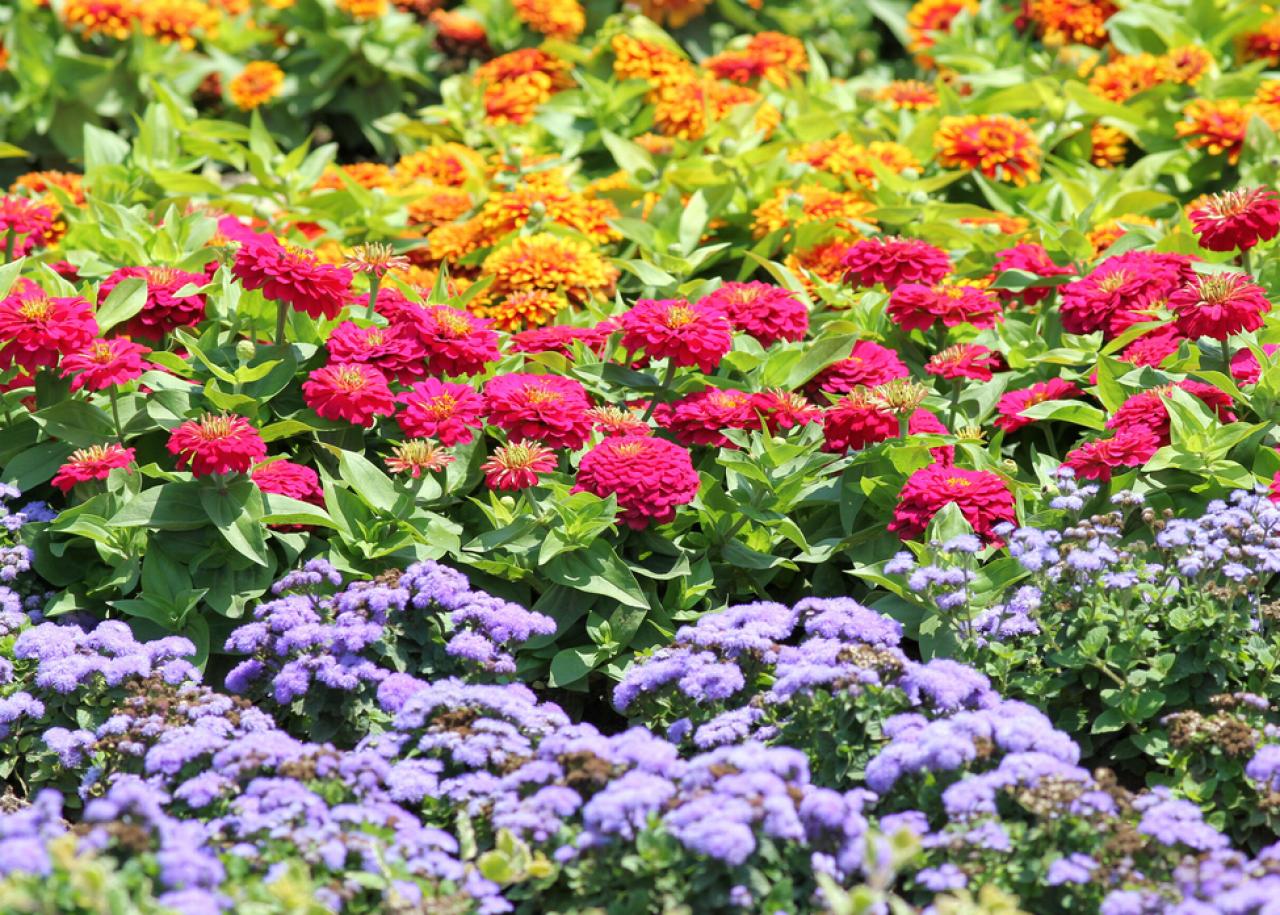
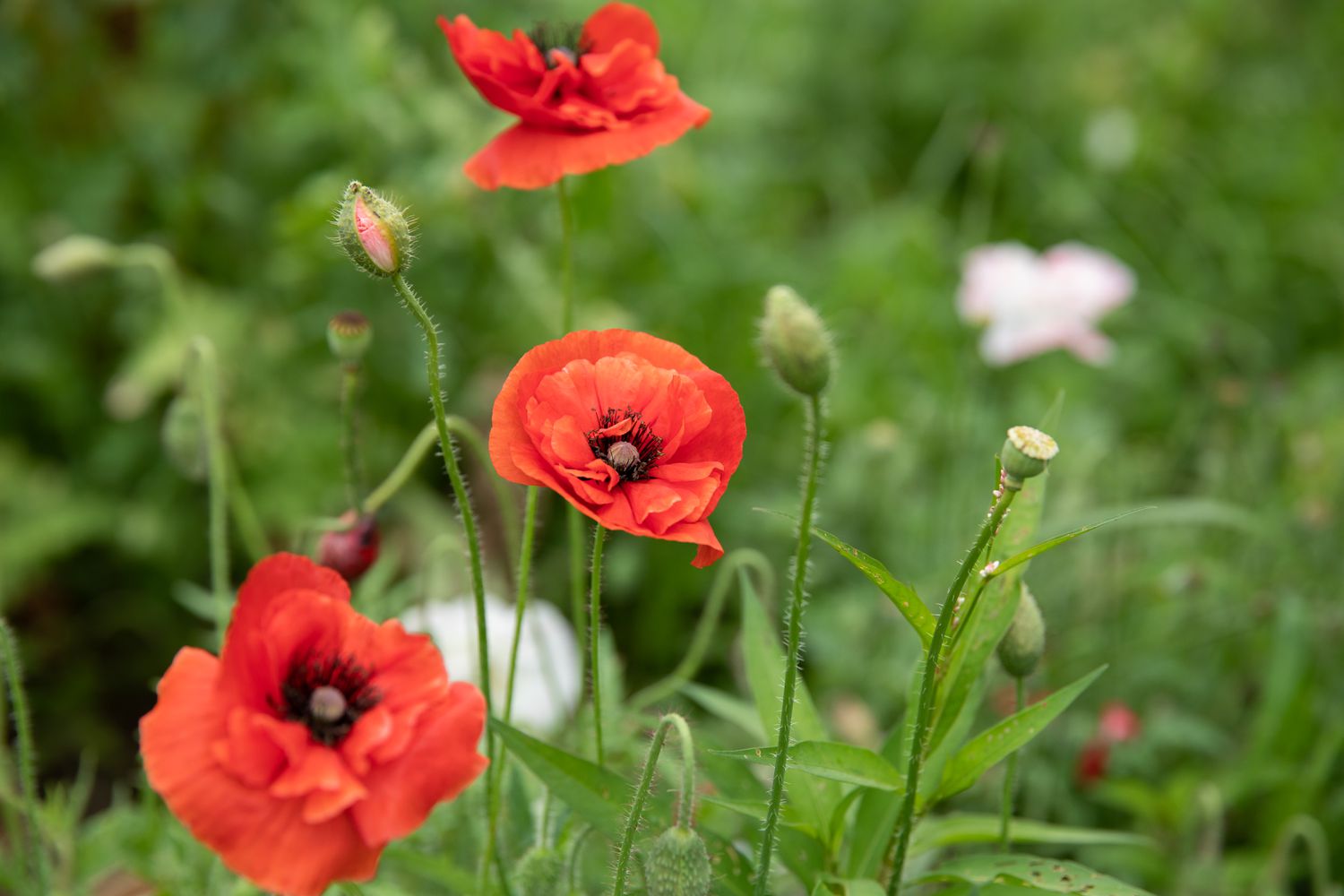
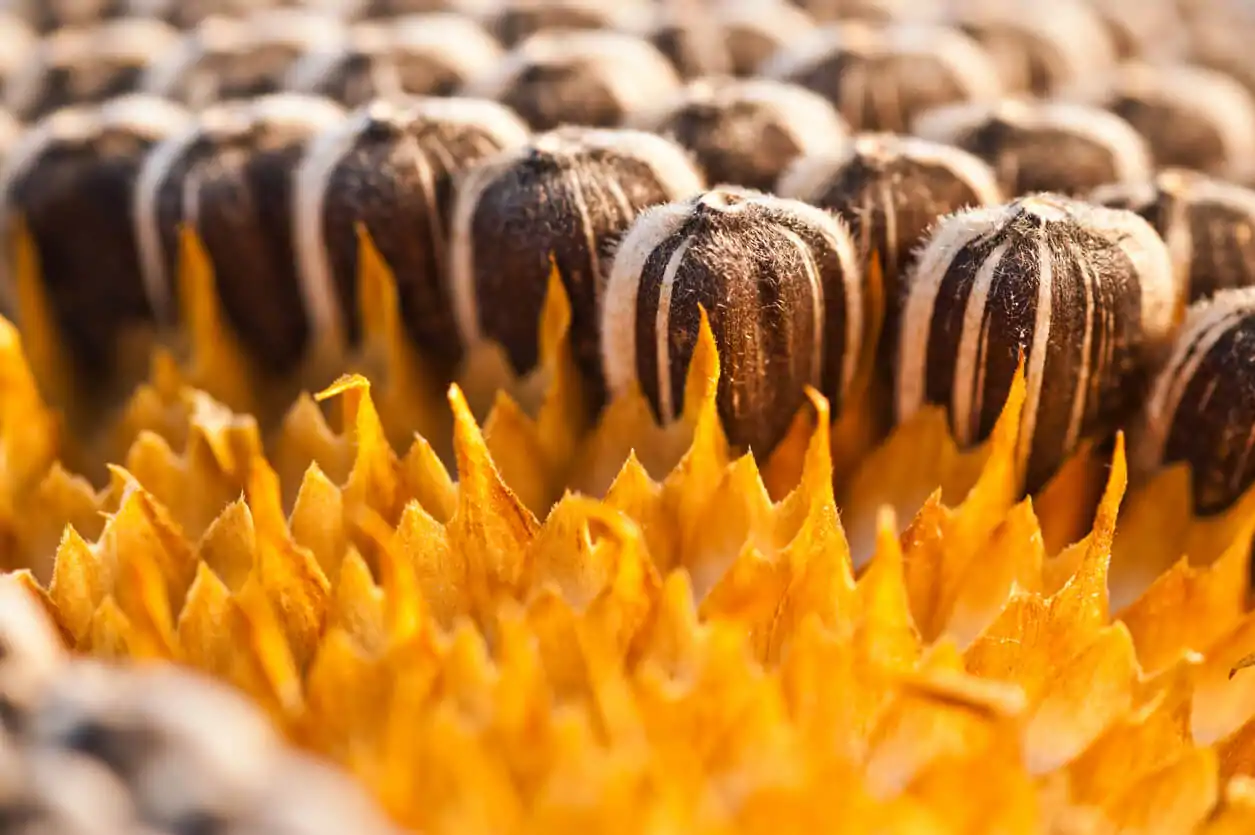
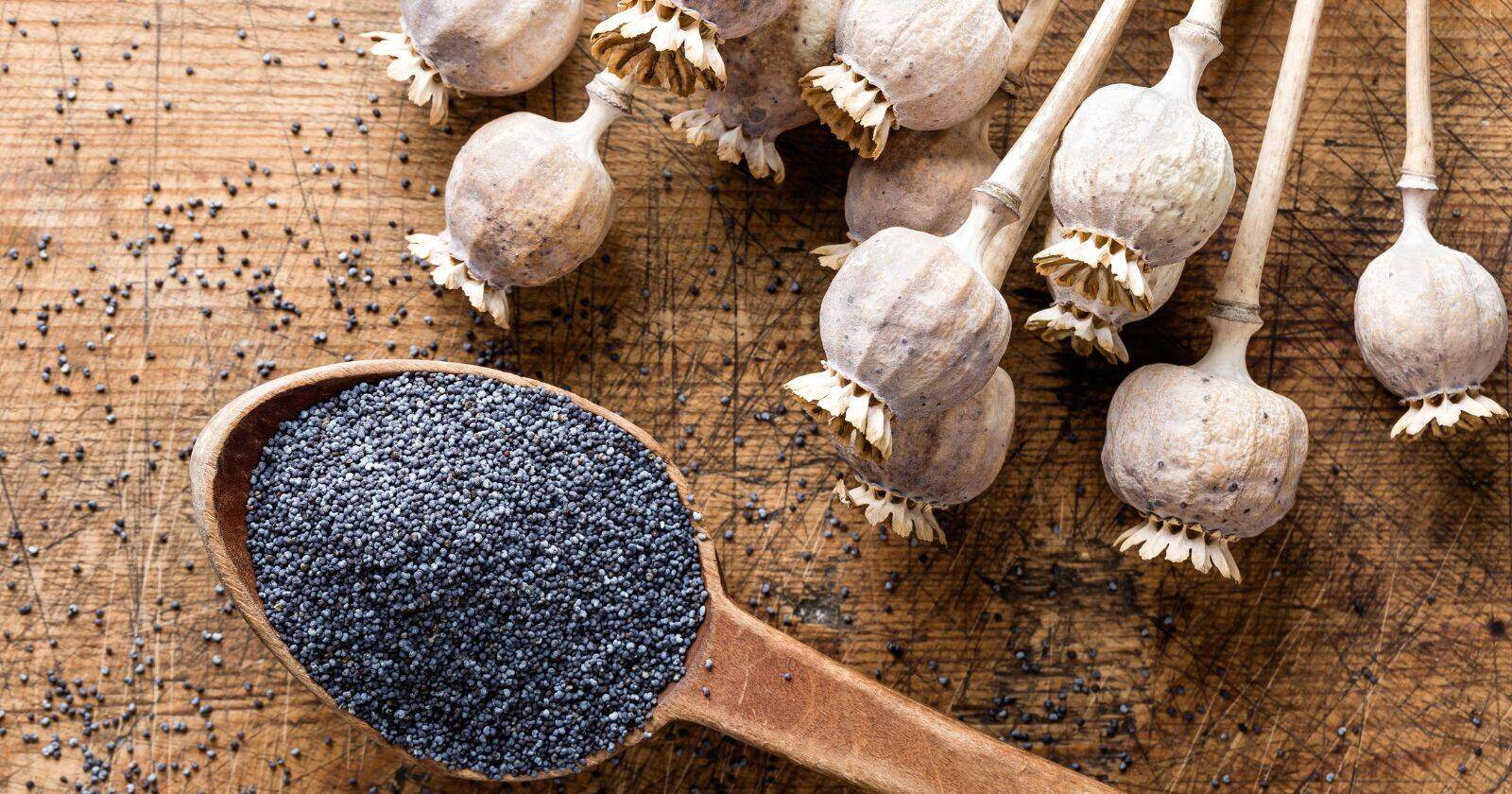
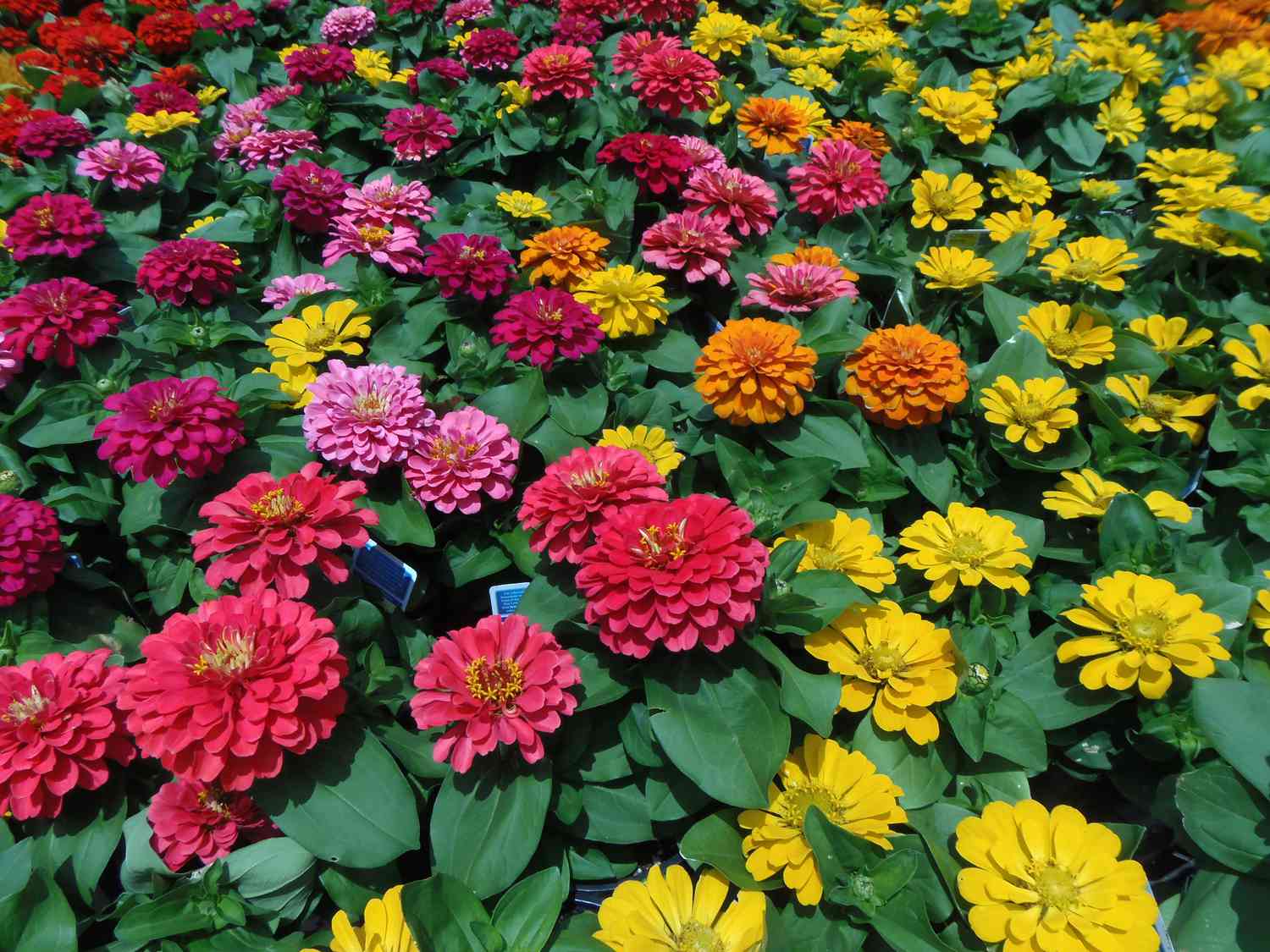
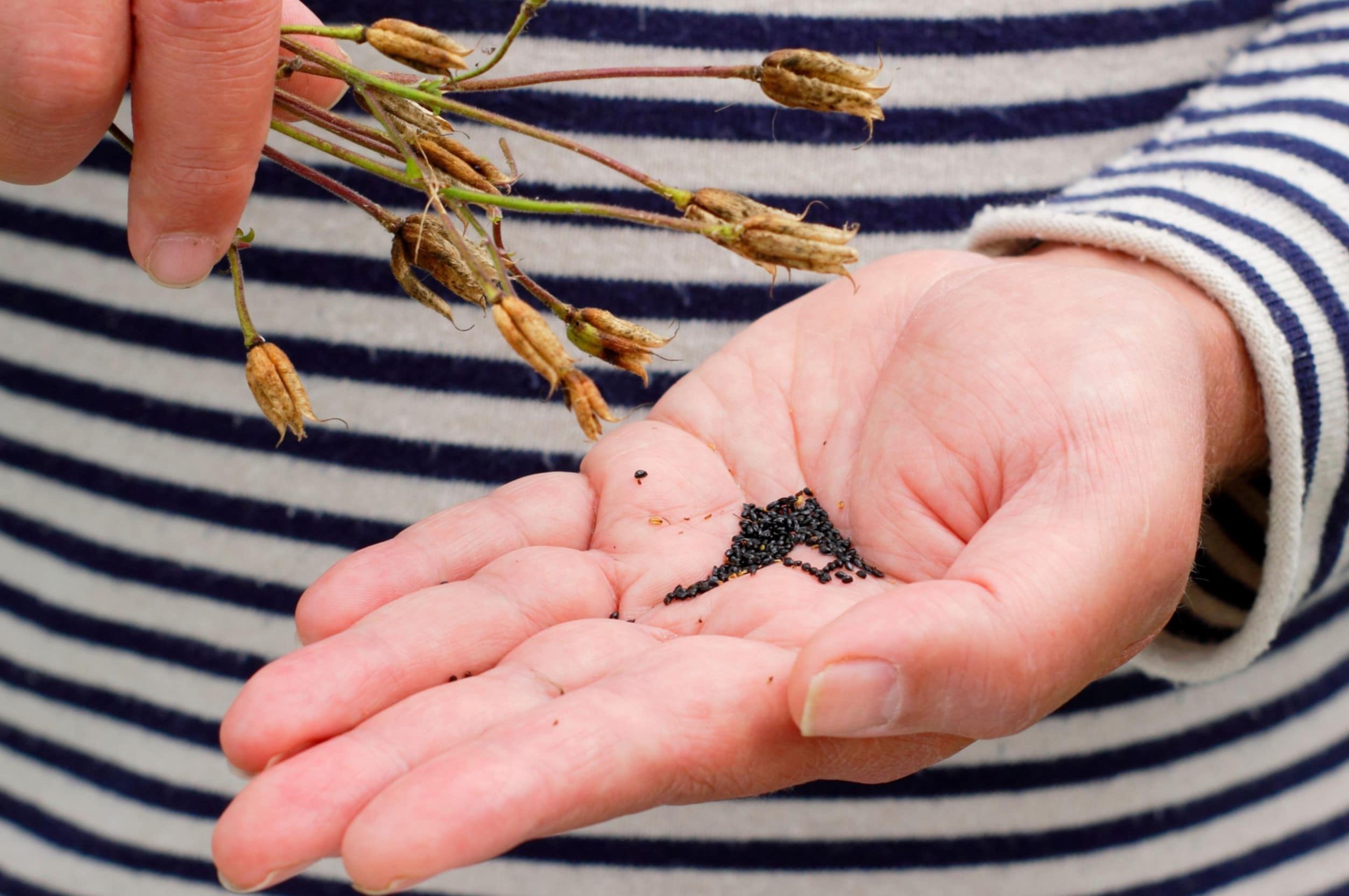
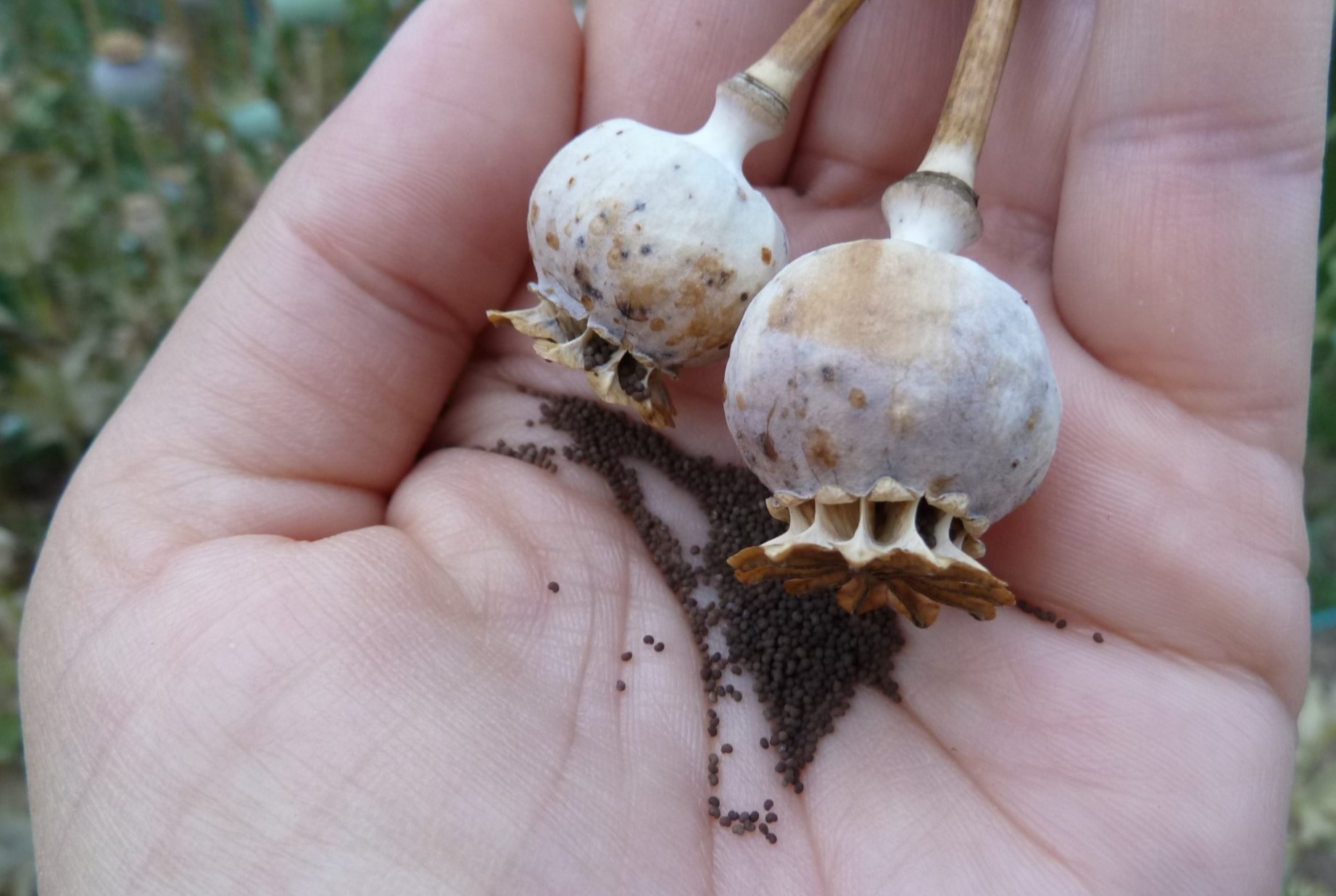
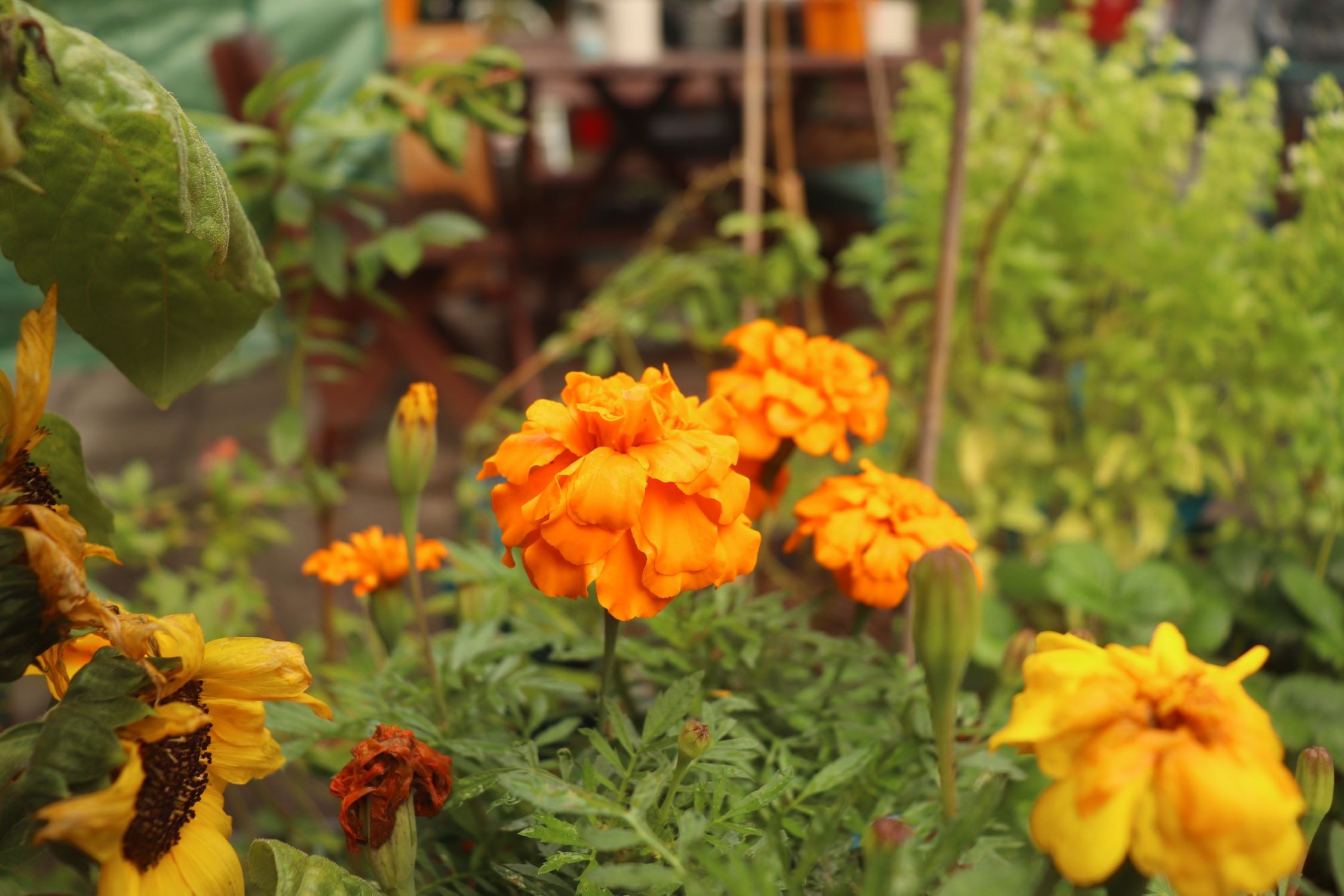







0 thoughts on “How To Grow Poppy Flowers From Seed”